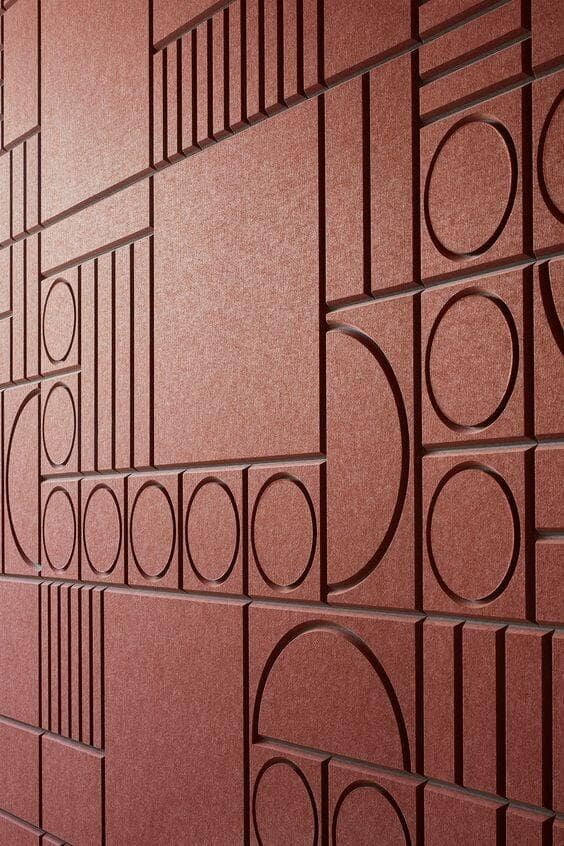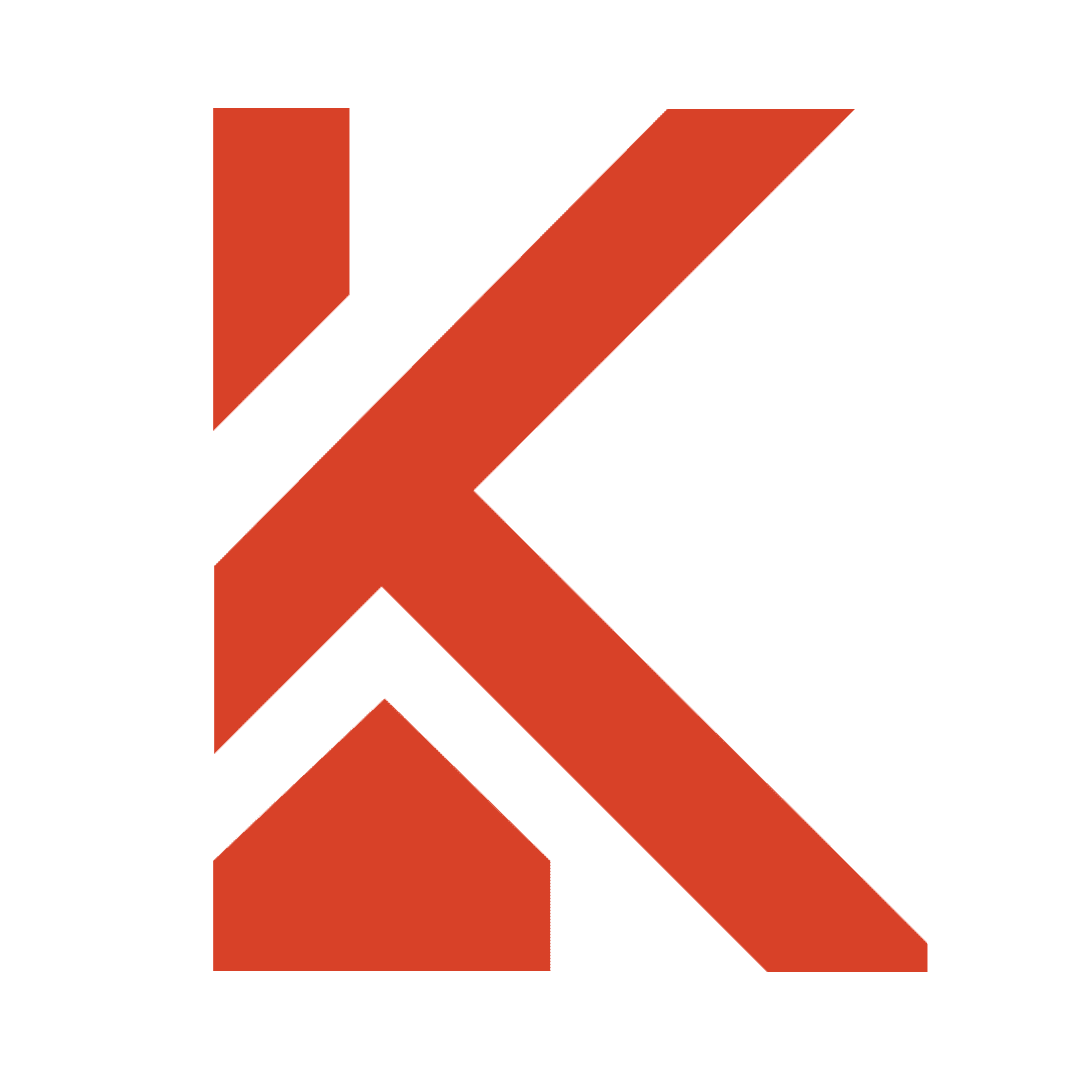Introduction
When it comes to crafting intricate designs for furniture, cabinetry, and other decorative elements, the choice of material is crucial. Medium-Density Fiberboard (MDF) and High-Density Moisture Resistant (HDMR) boards are popular choices due to their versatility and ease of customization. This blog delves into how MDF and HDMR boards can be easily customized to achieve detailed and complex designs, offering insights into their properties, advantages, and customization techniques.

Understanding MDF and HDMR Boards
Before exploring their customization potential, it’s essential to understand what MDF and HDMR boards are and how they differ.
1. MDF Boards
Overview: Medium-Density Fiberboard (MDF) is engineered wood made from wood fibers, adhesives, and other materials compressed into sheets. It is known for its smooth surface and consistency.
Key Properties:
- Smooth Surface: Ideal for painting and veneering.
- Uniform Density: Provides even cutting and shaping.
- Affordability: Cost-effective compared to solid wood.
Applications:
- Furniture: Cabinet doors, drawers, and panels.
- Interior Design: Wall panels, moldings, and decorative elements.
2. HDMR Boards
Overview: High-Density Moisture Resistant (HDMR) boards are similar to MDF but with added moisture resistance. They are designed to withstand higher humidity and moisture levels, making them suitable for more demanding environments.
Key Properties:
- Moisture Resistance: Suitable for kitchens and bathrooms.
- Durability: Offers enhanced resistance to warping and swelling.
- Smooth Finish: Maintains its surface quality even in humid conditions.
Applications:
- High-Humidity Areas: Kitchen cabinets, bathroom vanities.
- General Use: Similar applications to MDF but with added moisture resistance.
Customization Potential for MDF and HDMR Boards
Both MDF and HDMR boards are excellent candidates for customization, thanks to their properties. Here’s how they can be easily tailored to intricate designs:
1. Cutting and Shaping
Techniques:
- CNC Routing: Computer Numerical Control (CNC) machines can cut and shape MDF and HDMR boards with high precision. This technique allows for detailed patterns and intricate designs to be achieved effortlessly.
- Laser Cutting: Ideal for creating fine and detailed designs, laser cutting can handle complex patterns and small details with precision.
Benefits:
- Accuracy: Provides consistent and exact cuts, essential for detailed work.
- Flexibility: Allows for complex and customized shapes that are difficult to achieve with other materials.
2. Carving and Embossing
Techniques:
- Manual Carving: For those who prefer hands-on work, manual carving tools can be used to create custom designs and textures.
- Embossing: Pressing designs into the surface of the board creates raised patterns. This can be done using specialized embossing tools or dies.
Benefits:
- Detail: Enables the creation of highly detailed and textured designs.
- Personalization: Allows for unique and custom designs that reflect personal style or branding.
3. Painting and Finishing
Techniques:
- Spray Painting: Provides a smooth and even finish, ideal for large surfaces. It’s particularly useful for achieving a high-gloss look.
- Hand Painting: Offers more control over detailed designs and is perfect for intricate patterns and hand-painted artwork.
Benefits:
- Versatility: Supports a wide range of finishes, including matte, gloss, and textured.
- Aesthetic Appeal: Enhances the visual appeal of the boards and adds depth to the design.
4. Veneering and Laminating
Techniques:
- Veneering: Applying a thin layer of real wood veneer to the MDF or HDMR board provides an authentic wood look while maintaining the benefits of the base material.
- Laminating: Adding a laminate layer can provide additional protection and aesthetic options, including various colors and textures.
Benefits:
- Enhanced Appearance: Gives the board the look of high-quality wood or other finishes.
- Durability: Adds a layer of protection against wear and tear.
5. Inlay and Overlay Techniques
Techniques:
- Inlay: Embedding materials such as metals, stones, or different colored woods into the surface of the board for decorative effects.
- Overlay: Applying decorative elements on top of the board’s surface to create patterns or designs.
Benefits:
- Unique Designs: Allows for creative and custom patterns that stand out.
- Visual Interest: Adds depth and texture to the board, making it visually appealing.
Advantages of Using MDF and HDMR Boards for Customization
1. Cost-Effectiveness
MDF and HDMR boards are generally more affordable than solid wood, making them a cost-effective choice for custom designs. Their versatility and ease of handling further enhance their value.
2. Ease of Workability
Both MDF and HDMR boards are easy to cut, shape, and finish, allowing for a wide range of customization options. Their smooth surface simplifies painting and veneering.
3. Consistency
The uniform density and surface quality of MDF and HDMR boards ensure consistent results, which is crucial for intricate designs that require precision.
4. Adaptability
These boards can be used in a variety of applications, from decorative panels to functional furniture, making them highly adaptable for different design needs.
Conclusion
MDF and HDMR boards offer excellent customization potential for intricate designs due to their smooth surfaces, ease of workability, and versatility. Whether you’re crafting detailed furniture, decorative elements, or functional cabinetry, these materials provide a reliable and cost-effective solution. By leveraging cutting, carving, painting, and finishing techniques, you can achieve complex and personalized designs that enhance the aesthetic and functionality of your projects.
Explore the possibilities with MDF and HDMR boards to create stunning and unique designs that reflect your style and meet your needs. For more tips and inspiration on working with these materials, stay tuned to our blog and get in touch with industry experts for advice and support.






